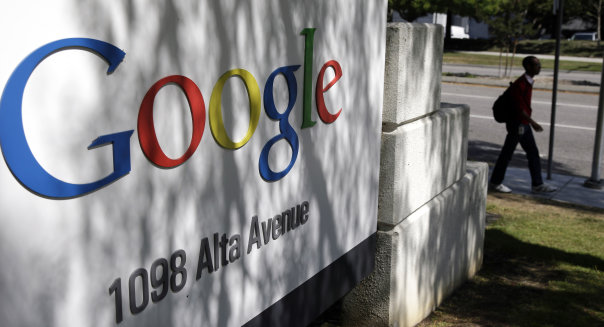Get Ready for ‘Buy’ Buttons on Google Searches
Filed under: Technology, Google, Shopping, Advertising & Marketing, Internet

Google (GOOG) is apparently gearing up to populate product searches made on mobile devices with “buy” buttons. The Wall Street Journal reported this month that the new graphical buttons would be available to advertisers, helping them stand out even more on Google’s popular search engine.
This would be a controversial move if consumers weren’t already inundated with “buy” buttons on leading e-commerce sites including Amazon.com (AMZN) and eBay (EBAY). Google going this route, particularly on smartphones and tablets, where advertisers have been reluctant to pay as much as they do to reach Google users on PCs, makes a lot of sense.
Consumers will just have to be smart enough to realize that the new buttons are a monetization tool for Google, and limiting its use to existing sponsors will mean that there might still be cheaper ways to buy these particular products.
You’ve Come a Long Way, ‘Buy’ Button
Google isn’t the first non-e-tailer to go this route. Twitter (TWTR) began testing similar buttons last year, giving advertisers more bang for their marketing buck.
Introducing the feature to consumers on mobile devices makes sense. It’s an area where Google usage is growing at a faster clip than traditional access through desktops and laptops, but the rates that the global search engine leader is commanding are lower than on PCs. The disparity between what advertisers are willing to pay for PC users versus mobile users is explained by the fear that folks on smaller screens aren’t as likely to complete transactions as they are on larger computers. A big reason that cost-per-click at Google and other search engines has been declining is that advertisers are paying less for leads generated through smartphones and tablets.
We saw the number of leads generated by Google climb 13 percent over the past year during the first quarter, but the aggregate cost per click declined 7 percent as most of Google’s growth came from access on smaller wireless devices.
The “buy” button can help. It’s probably not a coincidence that eBay, Amazon, and most e-commerce sites incorporate action buttons. It also could only help if Google’s product pages with the new buttons lead to checkout platforms with existing payment information already entered. It would make it that much more conducive to finalizing a transaction.
Push the Button
The “buy” button could be just the beginning, of course. If the e-commerce wrinkle is successful, why wouldn’t Google turn to an “get more info” button that would automatically send relevant information by email to the user? There could also be a “save” button to square things away for future consideration.
Growth is slowing at Google. Analysts see earnings per share and revenue climbing in the pre-teens this year. The monetization challenge has been eating at margins, and Google has missed Wall Street’s quarterly profit targets for more than a year.
As long as consumers don’t react negatively to the “buy” button — and they shouldn’t since it will appear in search engine results that are already clearly labeled as sponsored entries — Google could be on to something here.
Motley Fool contributor Rick Munarriz has no position in any stocks mentioned. The Motley Fool recommends and owns shares of Amazon.com, eBay, Google (A and C shares), and Twitter. Try any of our Foolish newsletter services free for 30 days, and check out The Motley Fool’s one great stock to buy for 2015 and beyond.
Permalink | Email this | Linking Blogs | Comments
SOURCE: DailyFinance.com – Read entire story here.